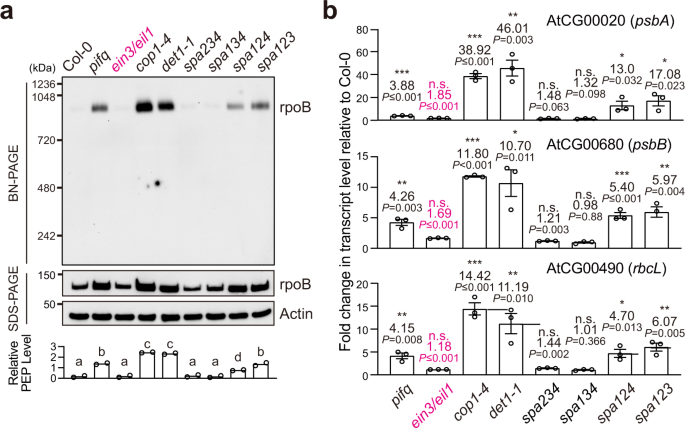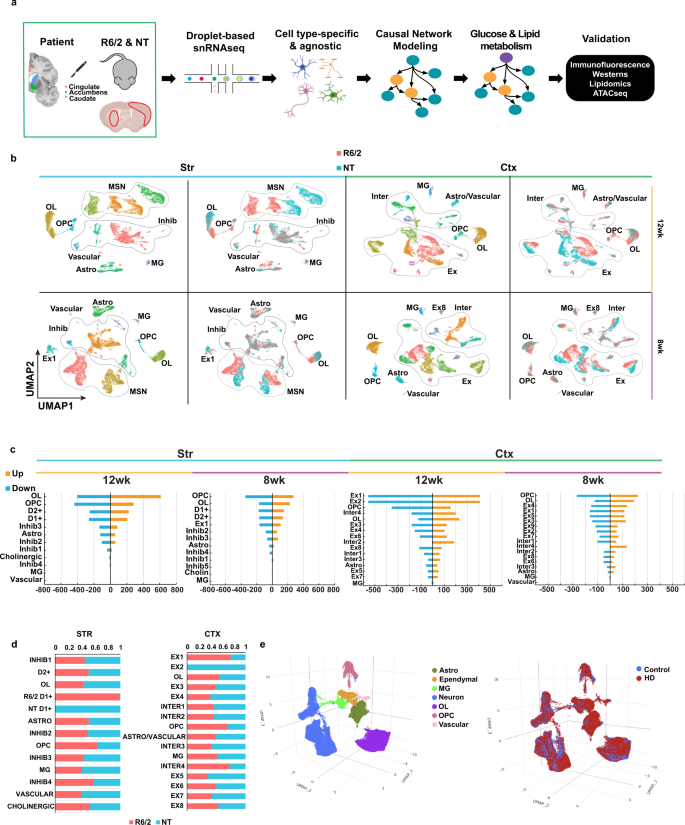植物細胞のコミュニケーションに関する知見ががんの治療に役立つ可能性 Plant cell communication insights could help cure cancer
2022-12-21 カリフォルニア大学リバーサイド校(UCR)
植物細胞の司令塔である核が、細胞内の他の部分に光合成を進めるよう指示を出していることは、半世紀前から植物学者たちの間で知られていました。この指令はタンパク質の形で出され、タンパク質がなければ植物は緑色にならず、成長もしません。
「私たちの課題は、核には小器官の構成要素を含む何百ものタンパク質がコード化されていることです。どれが光合成を引き起こすシグナルなのかを見極めるのは、干し草の山から針を見つけるようなものでした」とUCRの植物学教授Meng Chen氏は語る。
Chen教授の研究室では、これらのタンパク質のうち4つを発見するまでの過程を、『Nature Communications』誌に発表している。
Chen教授の研究チームはこれまでに、植物の核にある特定のタンパク質が光によって活性化され、光合成が開始されることを明らかにしている。今回新たに同定された4種類のタンパク質は、この反応の一部であり、小さな器官を葉緑体に変化させ、成長の燃料となる糖分を生成する信号を送るものである。
<関連情報>
- https://news.ucr.edu/articles/2022/12/21/decoding-secret-language-photosynthesis
- https://www.nature.com/articles/s41467-022-35080-0
前向性シグナルは核内光合成遺伝子とは別にシグマファクターを介してプラスティドの転写を制御する Anterograde signaling controls plastid transcription via sigma factors separately from nuclear photosynthesis genes
Youra Hwang,Soeun Han,Chan Yul Yoo,Liu Hong,Chenjiang You,Brandon H. Le,Hui Shi,Shangwei Zhong,Ute Hoecker,Xuemei Chen & Meng Chen
Nature Communications Published:02 December 2022
DOI:https://doi.org/10.1038/s41467-022-35080-0

Abstract
Light initiates chloroplast biogenesis in Arabidopsis by eliminating PHYTOCHROME-INTERACTING transcription FACTORs (PIFs), which in turn de-represses nuclear photosynthesis genes, and synchronously, generates a nucleus-to-plastid (anterograde) signal that activates the plastid-encoded bacterial-type RNA polymerase (PEP) to transcribe plastid photosynthesis genes. However, the identity of the anterograde signal remains frustratingly elusive. The main challenge has been the difficulty to distinguish regulators from the plethora of necessary components for plastid transcription and other essential chloroplast functions, such as photosynthesis. Here, we show that the genome-wide induction of nuclear photosynthesis genes is insufficient to activate the PEP. PEP inhibition is imposed redundantly by multiple PIFs and requires PIF3’s activator activity. Among the nuclear-encoded components of the PEP holoenzyme, we identify four light-inducible, PIF-repressed sigma factors as anterograde signals. Together, our results elucidate that light-dependent inhibition of PIFs activates plastid photosynthesis genes via sigma factors as anterograde signals in parallel with the induction of nuclear photosynthesis genes.


